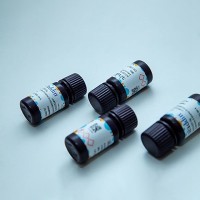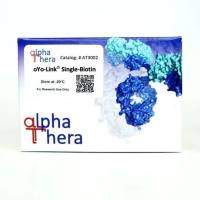Optimal Design of Isotope Labeling Experiments
互联网
663
Stable isotope labeling experiments (ILE) constitute a powerful methodology for estimating metabolic fluxes. An optimal label design for such an experiment is necessary to maximize the precision with which fluxes can be determined. But often, precision gained in the determination of one flux comes at the expense of the precision of other fluxes, and an appropriate label design therefore foremost depends on the question the investigator wants to address. One could liken ILE to shadows that metabolism casts on products. Optimal label design is the placement of the lamp; creating clear shadows for some parts of metabolism and obscuring others.
An optimal isotope label design is influenced by: (1) the network structure; (2) the true flux values; (3) the available label measurements; and, (4) commercially available substrates. The first two aspects are dictated by nature and constrain any optimal design. The second two aspects are suitable design parameters. To create an optimal label design, an explicit optimization criterion needs to be formulated. This usually is a property of the flux covariance matrix, which can be augmented by weighting label substrate cost. An optimal design is found by using such a criterion as an objective function for an optimizer. This chapter uses a simple elementary metabolite units (EMU) representation of the TCA cycle to illustrate the process of experimental design of isotope labeled substrates.









